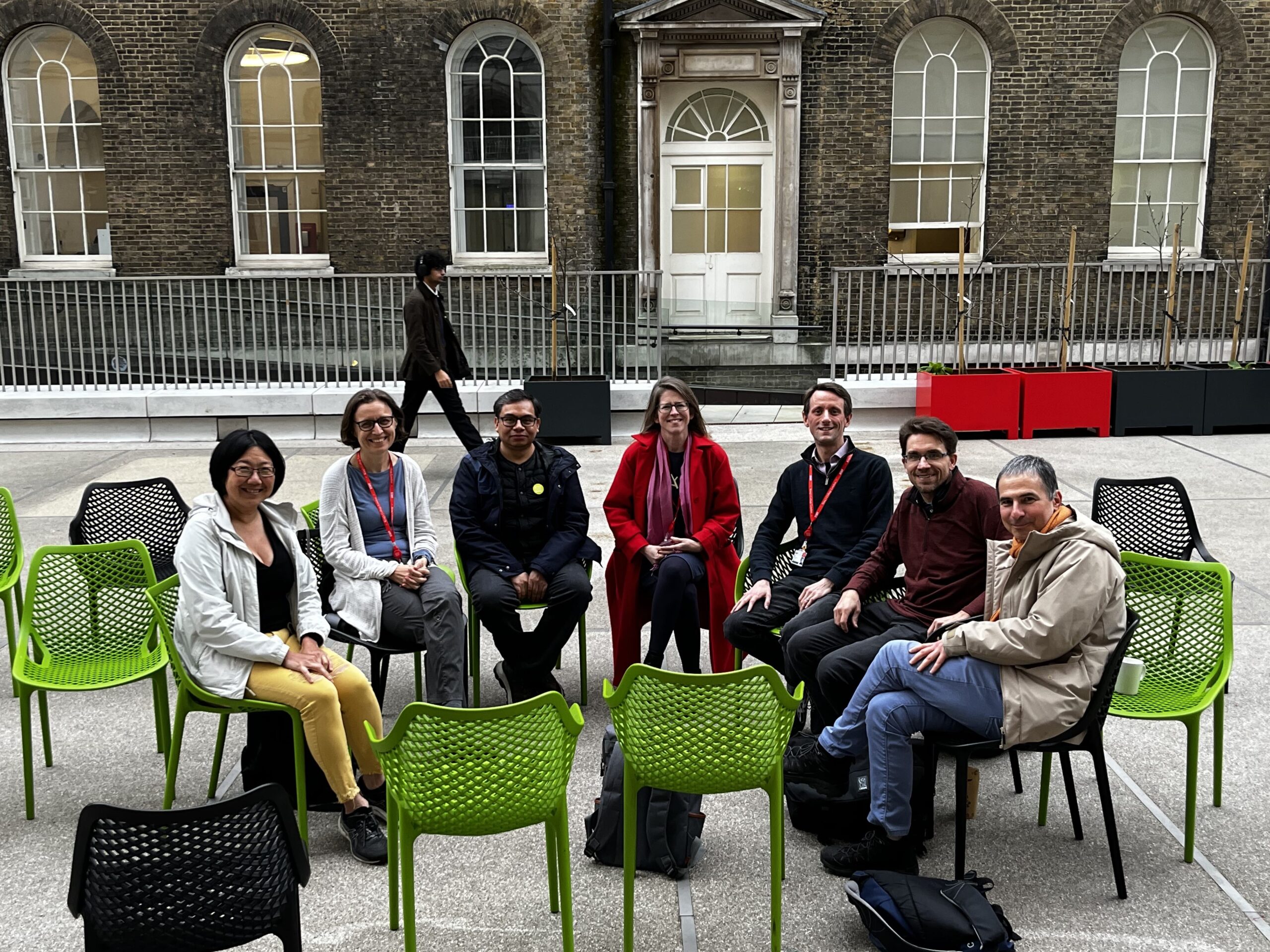25 March 2025, 3PM, KCL Strand : Jason Yust, Associate Professor of Music Theory at Boston University, gave a hybrid talk on Music Rhythm as Signal hosted by Mark Gotham in the Computational Humanities Research Group Seminar Series of the Department of Digital Humanities. Jason specialises in applying mathematics to music theory and analysis in areas such as rhythm, harmony, scale theory, musical form, musical structure, and text setting. His interests range from lesser known composers of 18th century Europe to the 20th-century avant-garde to jazz, Indonesian gamelan, Persian dastgah, and music of the African diaspora. Register here to attend in person or online.
Title: Musical Rhythm as Signal
Abstract: Cognitive, computational, analytical, and theoretical approaches to musical rhythm can benefit greatly from signal analysis tools. This talk will explore the implications of thinking of rhythm in terms of frequency—i.e., applying Fourier transforms. Traditional theory of rhythm starts from concepts of meter grounded in European musical notation, which involves some frequency-based thinking insofar as metrical levels correspond to frequencies. However, unlike traditional meter theory, a signal-analysis approach is not restricted to discrete functions of time and hierarchically related metrical levels. The cognitive constructs typically associated with meter, sensorimotor synchronization and entrainment, are also time-continuous. Because theorists tend to equate entrainment and meter, entrainment is often assumed to be hierarchical, but there are reasons to question this assumption that have not been fully explored in the cognitive literature. In particular, the prevalence of a variety of maximally even rhythms in disparate non-Euroclassical musical traditions suggests that humans respond to rhythmic frequencies that do not fit into traditional metrical hierarchies. Fourier analysis of some rhythms commonly found in West African drum ensembles, Latin American music, Arabic traditional music, Indonesian Gamelan, and American popular music illustrate this. Fourier-based tools, rhythm spectra and coefficient spaces, also benefit from being very computationally tractable, which I will illustrate with corpus analysis of ragtime melodies and Arabic traditional rhythms, and a computational analysis of a transcription of an Adowa master drum performance. I will also define and illustrate a property called coherence derived from products of different Fourier coefficients, and show some patterns in the coherence values of the ragtime and Adowa data.
Jason Yust is an Associate Professor of Music Theory at Boston University. His work addresses a range of topics, from mathematical theories of rhythm and harmonic spaces to eighteenth-century form to music perception and scale theory. He earned his BA in Music at Brown University and his PhD in Music Theory at the University of Washington in 2006 under the direction of John Rahn. He was co-Editor-in-Chief of the Journal of Mathematics and Music from 2018–2023 and is currently an associate editor of Perspectives of New Music, and is founder and former chair of the Society for Music Theory‘s Mathematics of Music interest group. His 2018 book, Organized Time: Rhythm, Tonality, and Form, was the winner of the Society for Music Theory’s 2019 Wallace Berry Award.

